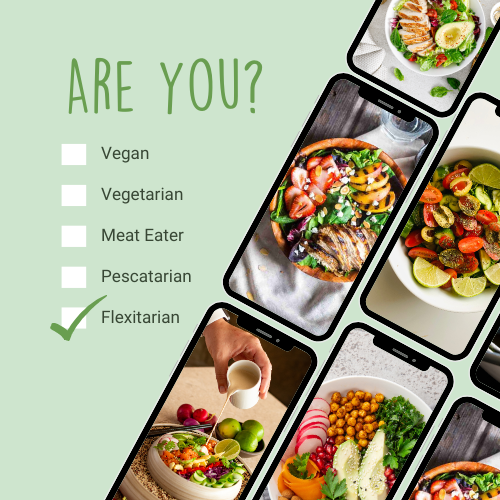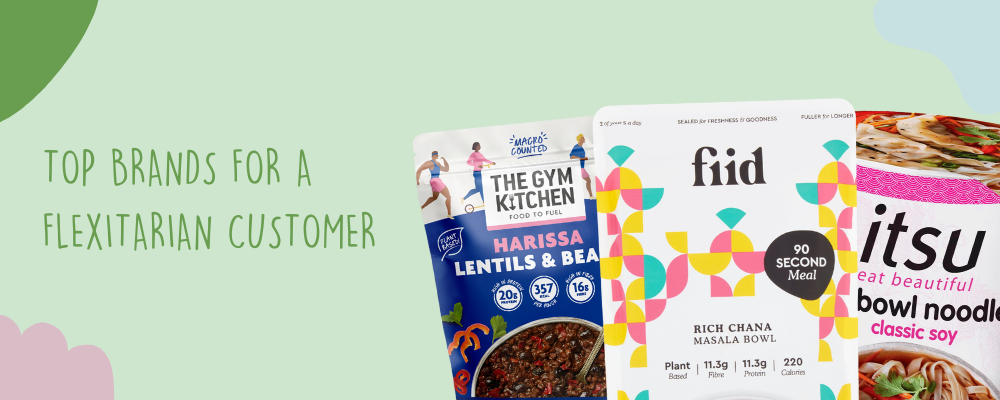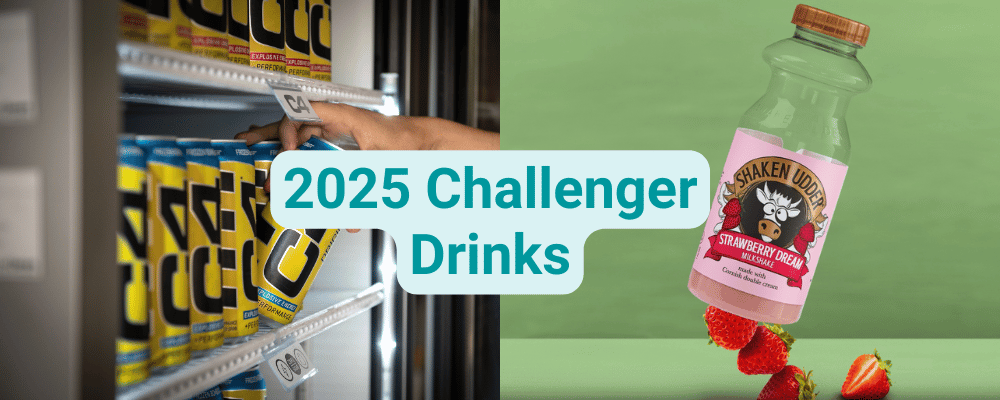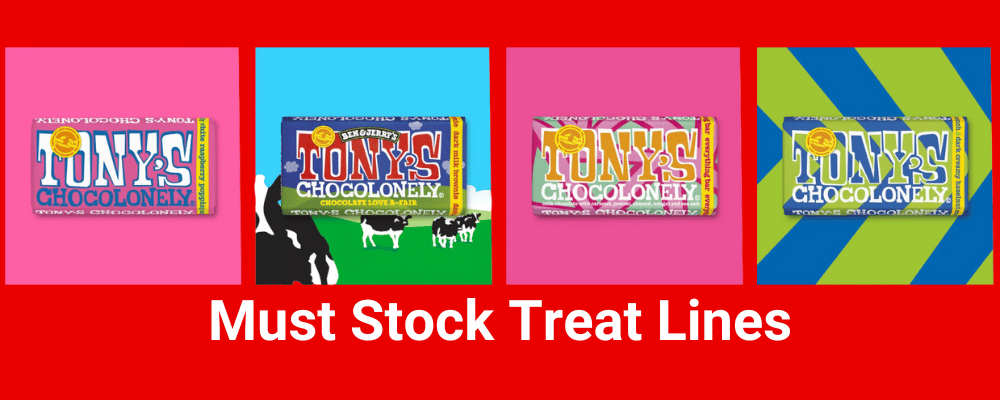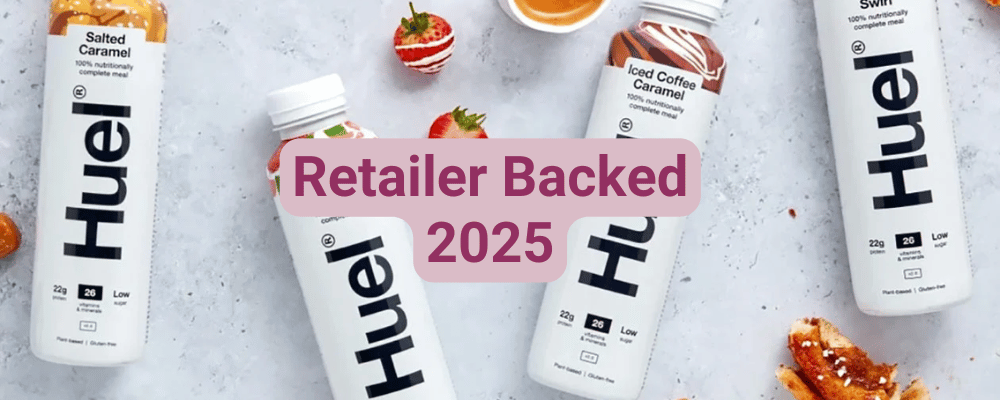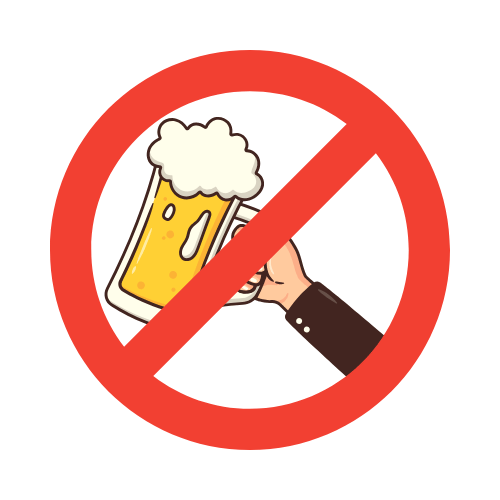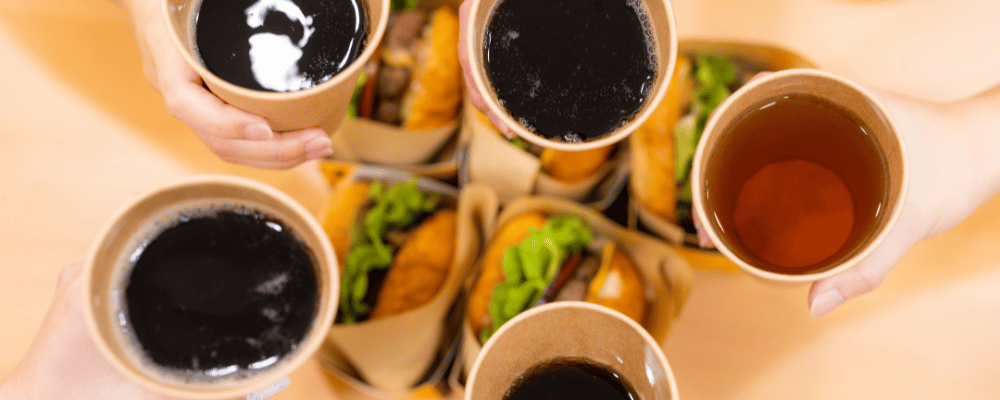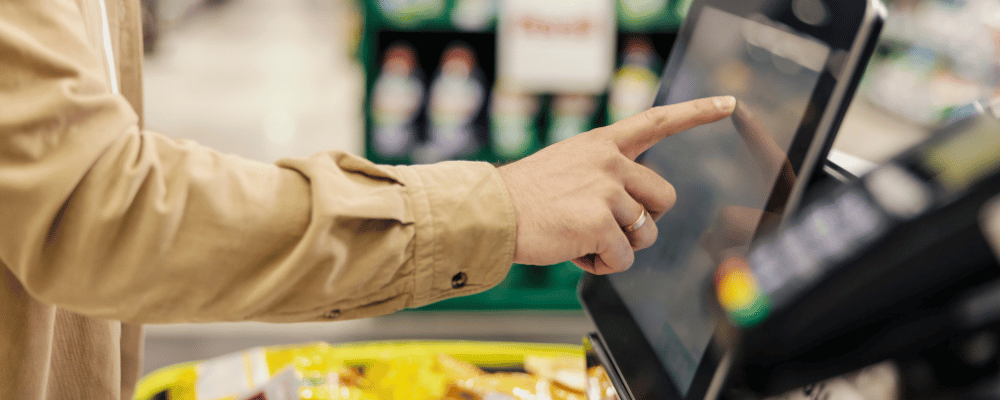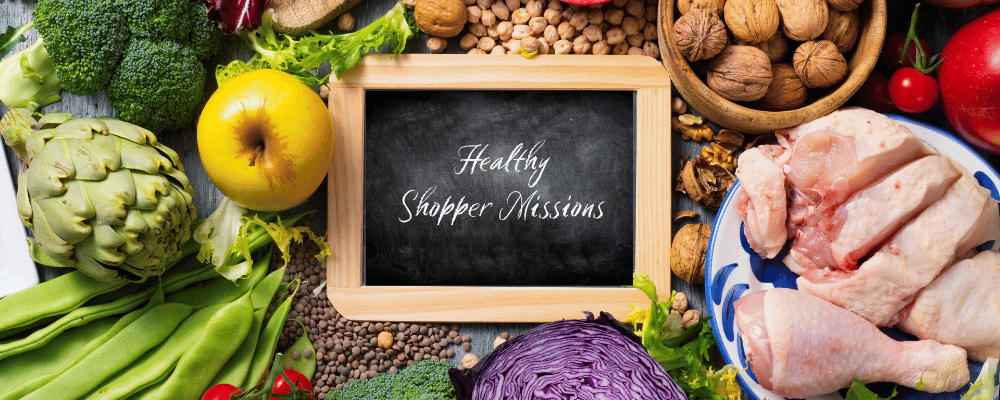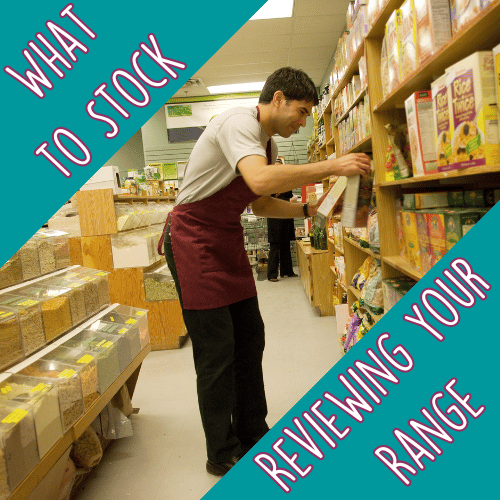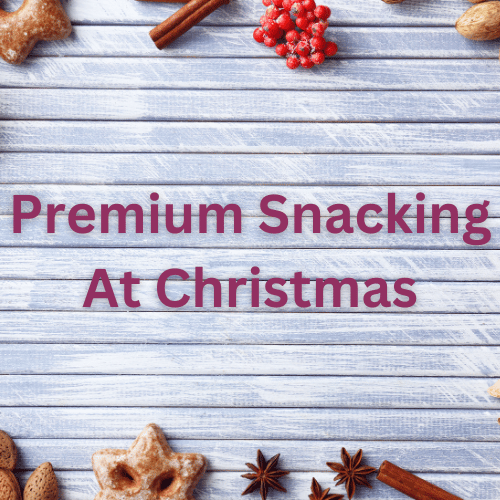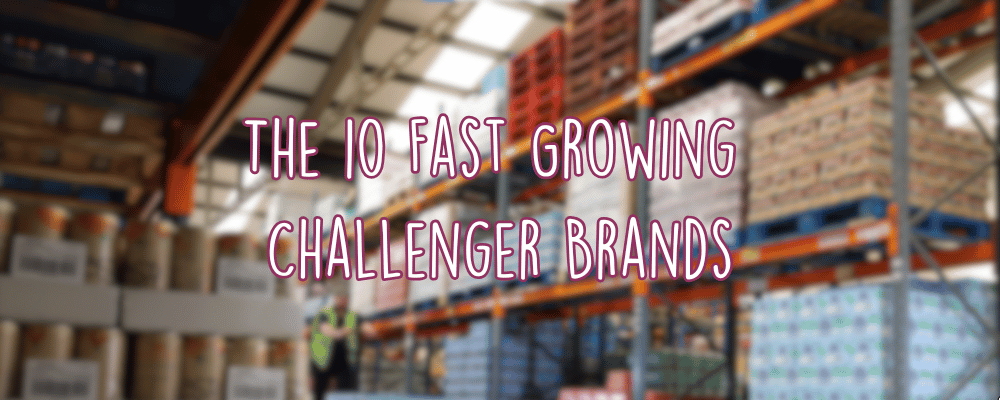Easter retail strategy: Driving sales with premium & alternative products
Making the most of the premium opportunity

Preparing for a premium Easter
More than four in five UK adults (84%) plan to celebrate Easter.
And while the need to offer value is as prominent for retailers as ever, Easter will see shoppers treat themselves a little bit more. In fact, retailers have reported they’ve already experienced high sales of impulse lines, such as Cadbury Creme Eggs and Mini Eggs.
Easter purchasing will only increase as we approach mid-April, so there’s a clear opportunity to encourage trade up and boost premium sales.
To maximise Easter sales, timing is everything. It’s critical to understand when to stock different types of Easter products and when you’re likely to see high demand.
Both Jeet Bansi, owner of Meon Vale Londis in Stratford-upon-Avon and Avtar (Sid) Sidhu, of St John’s Budgens in Kenilworth, Warwickshire, believe shoppers will buy Easter eggs at the last minute, and are more likely to trade up as a result.
Sidhu says: “The vast majority of our sales this year will be the week before Easter Sunday, as customers will be waiting for payday. It’s also so they don’t eat them before Easter Sunday – or break them and have to buy more.”
In-store activations are at the core of Sidhu’s Easter strategy, which he says encourages customers to trade up.
“Make sure promotions are activated to help capture the moment and imagination of the consumer. These then become your marketing tool for Facebook,” he says.
“Seasonal displays need to be changed throughout the season, otherwise customers will get bored of seeing the same products. Keep it fresh and current.”
Sidhu runs four-week promotional cycles and in the leadup to Easter he’ll update his promotional gondola ends in accordance with different events. Having just finished Valentine’s Day, he’ll switch to Mother’s Day next before changing the display back to Easter.
Strike a balance between value and premium
The goal for retailers is to offer something for everyone and provide the choice to buy premium options, as evidenced by Bansi.
“Chocolate as a whole is going up in price, giving a slightly premium angle in this sense,” he explains. “But we’ve always done Easter lines by having an entry level, such as Cadbury or KitKat, and then expanding towards premium options, like Lindt and Ferrero.”
Bansi says what you stock will be determined by your demographic but adds the majority of stores will need to stock a wide selection of eggs. He recommends checking the market through trade media and wholesalers or by visiting nearby retailers.
“We took advantage of the pre-sale from Londis and introduced Easter lines mid-December. We’re now introducing value lines and by the end of February, we’ll have our premium lines on the shelf, too,” he says.
Use the right wholesaler to find niche products
Most stores will likely stock Cadbury, Nestlé and Mars Easter lines, but there’s a whole host of customer needs to cater for, including those who have dietary requirements, such as gluten-free or dairy-free.
As a result, retailers have an opportunity to expand their seasonal range offering with alternative lines that offer a point of difference.
Here’s our recommendation of premium and alternative speciality Easter lines that can deliver for you this spring:
- Mallow & Marsh: Retailers can stock three flavours from us: Double Chocolate, Salted Caramel and Vanilla, and the range is ideal for consumers who want something different from the usual egg-shaped suspects. Available in cases of 12, Mallow & Marsh offers margins of up to 27.5%.
- Otherly: For anyone with a dairy allergy or intolerance, Otherly is a great alternative. Retailers can stock three flavours: Salted Caramel, Plain and Sea Salt.
- Tony’s Chocolonely Tower: Each box has 100 individually wrapped, tiny Tony’s milk chocolates, and has an RRP of £32.05. The product is available in cases of eight.
- Mummy Meegz Chickee Eggs: These ‘Chickee Eggs’ are vegan, gluten-free and made without palm oil. The product has a £2.69 RRP and offers margins of more than 27.5%.

Expand your Easter offering to more than chocolate
Easter is a time for gathering with loved ones and the main meal on the Sunday remains an important tradition to many shoppers. A roast is the top pick among consumers, with 51% opting for this choice, but everyone has their own traditions and tapping into these can help increase basket spend and drive sales and profits.
“Our shoppers know they can come to us for all their roast dinner items, such as potatoes, vegetables and meat,” Sidhu says. “Lamb is the most-sold meat during the Easter period.”
To highlight the range, Bansi recommends having themed displays in prominent positions. “Our fresh and chilled bays are merchandised according to the season,” he continues.
“For Easter, this will be meat, dairy and complementary products. We ensure these are in position early in the season, so even if customers aren’t buying them straight away, it puts the occasion in their minds.”
Easter-themed bakery options are another sure-fire way to encourage trade up. “Seasonal Cadbury cakes are very popular, but so are local companies who sell muffins or loaf cakes. These companies will often put an Easter twist on them,” Bansi concludes.
Are you interested building a successful easter range?
